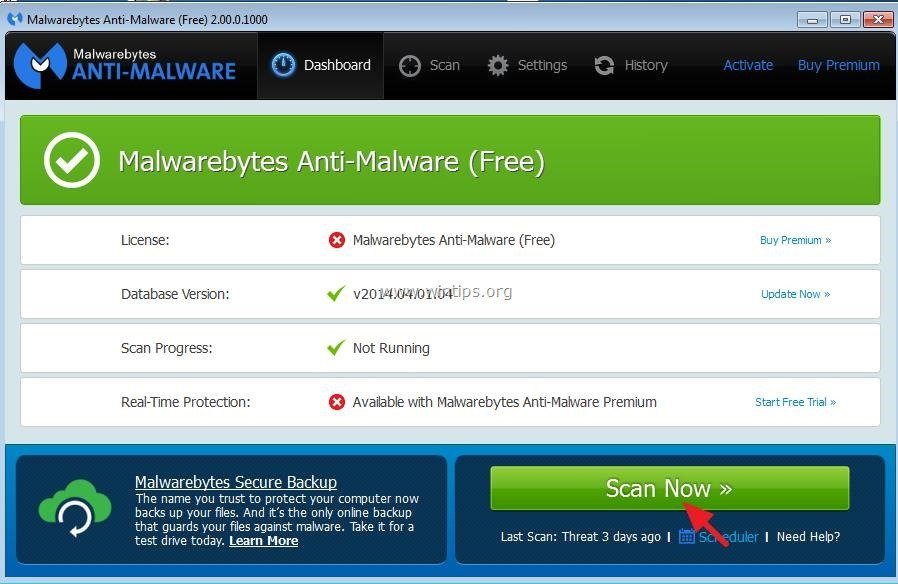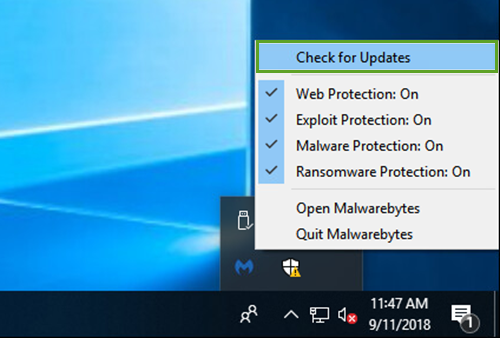


I would highly recommend this procedure is also be taken when a virus has been detected. So my advice would be to remove the device from your home or corporate network straight away. Ransomware now will rename and encrypted these files for you. You soon find out that you have been infected when you can no longer open or find the files you once had. I have also noticed the most recent outbreaks have not been detected by any anti-virus software. Ransomware will keep spreading while it has an internet connection.

Being able to update Malwarebytes offline is a really big help for scanning devices in quarantine. Having had to deal with ransomware infections I thought this might be a useful post, it seems that the threat of ransomware is very much on the rise. So you may ask why do we need to update Malwarebytes offline?


 0 kommentar(er)
0 kommentar(er)
